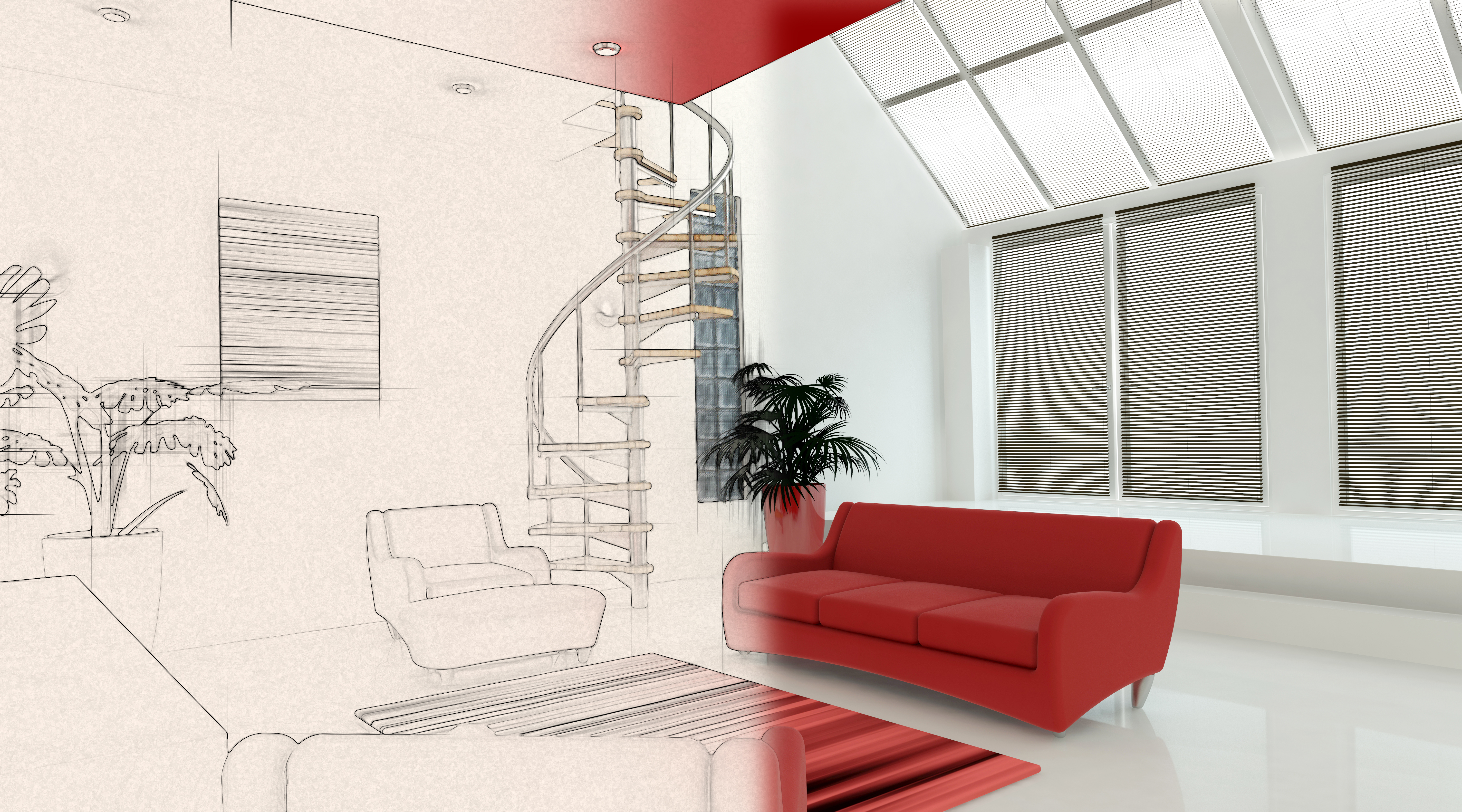
5 minute read
How Millwork Drafting Can Improve Efficiency in Cabinet and Furniture Manufacturing
Millwork drafting is the process of creating detailed technical drawings and blueprints for custom cabinets, furniture, and architectural woodwork. It involves using CAD (Computer-Aided Design) software to produce precise plans that guide manufacturing teams, ensuring accuracy and efficiency.
Millwork drafting services are crucial because it minimizes errors, optimizes material usage, and ensures seamless communication between designers, manufacturers, and installers. Without proper drafting, manufacturers risk costly mistakes, rework, and production delays.
How Does Millwork Drafting Enhance Accuracy in Manufacturing?
Accuracy is one of the most significant benefits of millwork drafting. Here’s how it contributes to precision in manufacturing:
Detailed Measurements: Millwork drafting provides exact dimensions, ensuring that every cut, joint, and assembly aligns perfectly.
3D Visualization: Advanced drafting software allows manufacturers to visualize designs in 3D, reducing misunderstandings and errors.
Material Optimization: Drafting helps in planning material usage efficiently, reducing waste and ensuring cost-effective production.
Consistent Quality: Standardized drawings ensure that multiple units of the same design are identical in size, shape, and finish.
Can Millwork Drafting Reduce Production Time?
Yes! A well-prepared millwork draft streamlines the entire production process, leading to faster turnaround times. Here’s how:
Prevents Rework: With accurate drafts, manufacturers can avoid costly revisions and delays caused by design errors.
Improves Workflow: Detailed drawings allow each production phase to be well-coordinated, reducing bottlenecks.
Enhances CNC Integration: Many manufacturers use CNC (Computer Numerical Control) machines, which require precise digital files from CAD drafts to automate cutting and assembling.
By reducing guesswork and ensuring smooth execution, millwork drafting significantly accelerates production timelines.
How Does Millwork Drafting Improve Collaboration Between Teams?
In cabinet and furniture manufacturing, different teams—designers, engineers, craftsmen, and installers—must work together seamlessly. Millwork drafting improves collaboration by:
Providing a Clear Roadmap: Everyone involved in the project can refer to the same detailed drawings, ensuring consistency.
Reducing Miscommunication: With precise documentation, there is less room for misunderstandings between designers and production teams.
Facilitating Revisions: If modifications are needed, they can be updated in the drafts and shared instantly with all stakeholders.
What Are the Cost-Saving Benefits of Millwork Drafting?
Millwork drafting helps manufacturers save money in multiple ways:
Minimizes Material Waste: Efficient design planning ensures that every inch of material is used effectively.
Reduces Labor Costs: With clear instructions, workers spend less time figuring out designs and more time executing them.
Prevents Costly Errors: Avoiding mistakes in cutting and assembly reduces the need for expensive rework.
Enhances Quoting Accuracy: Detailed drafts allow for more precise cost estimations, helping businesses avoid underquoting or overpricing projects.
How Does Millwork Drafting Support Customization in Cabinet and Furniture Manufacturing?
Customization is a key trend in furniture and cabinetry, and millwork drafting makes it easier to create bespoke designs. Here's how:
Tailored Specifications: Drafting software allows manufacturers to input exact customer requirements and visualize the design before production.
Rapid Prototyping: Digital models enable quick adjustments and approval before fabrication.
Integration with CNC Machines: CAD-based drafting ensures that complex custom designs can be translated into machine-readable files for automated production.
With millwork drafting, manufacturers can efficiently produce one-of-a-kind pieces without sacrificing speed or accuracy.
What Role Does CAD Software Play in Millwork Drafting?
Computer-Aided Design (CAD) software is at the heart of modern millwork drafting. It offers several advantages, including:
Precision & Scalability: Designs can be scaled to different sizes without losing accuracy.
3D Rendering: Enables realistic previews of furniture and cabinets before production.
Automated Drafting Tools: Speeds up the design process with pre-set templates and tools for generating shop drawings.
Seamless Modifications: Allows easy revisions without redrawing entire plans.
Popular CAD software for millwork drafting includes AutoCAD, SolidWorks, SketchUp, and Microvellum.
How Can Small-Scale Manufacturers Benefit from Millwork Drafting?
While large manufacturers heavily rely on millwork drafting, small businesses can also gain substantial benefits:
Improved Efficiency: Even a small workshop can enhance productivity with clear, structured plans.
Professional Presentation: Well-drafted designs help attract high-value clients by showcasing professionalism.
Competitive Edge: Small businesses can compete with larger firms by offering precise and customized millwork solutions.
Reduced Waste: Optimizing material usage helps small-scale manufacturers maximize profits.
Investing in millwork drafting can elevate a small woodworking shop to a highly efficient, professional-grade operation.
How Can Businesses Implement Millwork Drafting Effectively?
To make the most of millwork drafting, businesses should:
Invest in CAD Training: Ensure that designers and drafters are proficient in industry-standard software.
Standardize Drafting Procedures: Create a system for maintaining uniform drafting guidelines.
Utilize CNC Integration: If using automated machinery, ensure drafts are compatible with CNC systems.
Collaborate with Experts: Consider hiring professional millwork drafters or outsourcing drafting services for high-quality results.
What’s the Future of Millwork Drafting in the Industry?
The future of millwork drafting is evolving with technology, and key trends include:
AI & Automation: Artificial intelligence-powered drafting tools will further speed up design processes.
Cloud-Based Collaboration: Teams will be able to access and edit drafts from anywhere, improving efficiency.
Virtual Reality (VR) & Augmented Reality (AR): These technologies will allow clients to experience designs in an immersive 3D environment before production.
Sustainability-Focused Design: Drafting tools will increasingly incorporate eco-friendly material optimization features.
Millwork drafting will continue to play a pivotal role in enhancing efficiency, reducing costs, and improving overall quality in cabinet and furniture manufacturing.
Final Thoughts
Millwork drafting services are more than just technical drawings—it’s a game-changer for efficiency, accuracy, and cost-effectiveness in cabinet and furniture manufacturing. Whether you’re a large-scale manufacturer or a small woodworking shop, investing in professional drafting can streamline production, minimize waste, and improve customer satisfaction.
By integrating advanced drafting techniques and CAD software into your workflow, you’ll not only save time and money but also gain a competitive edge in the ever-evolving furniture industry.










